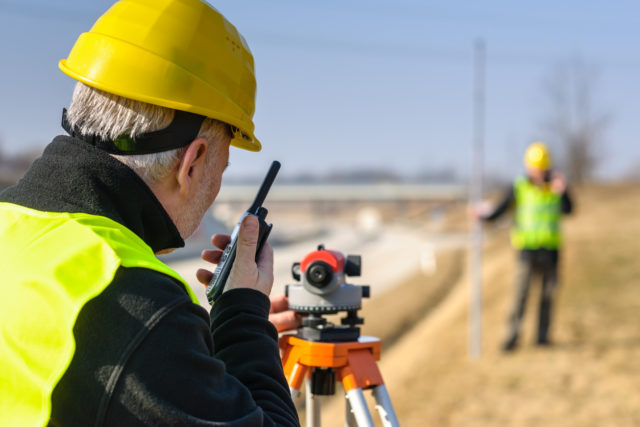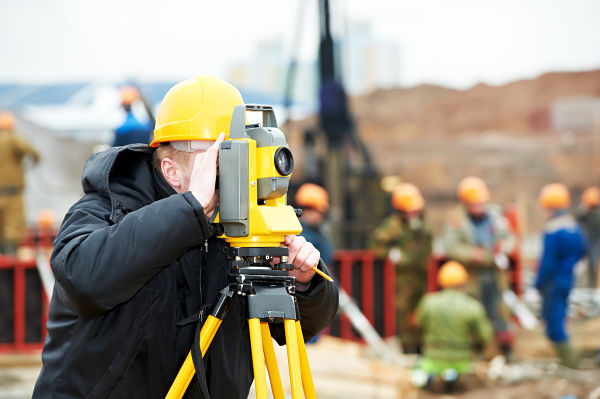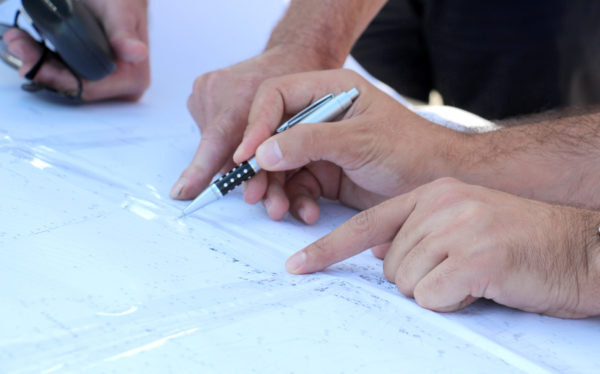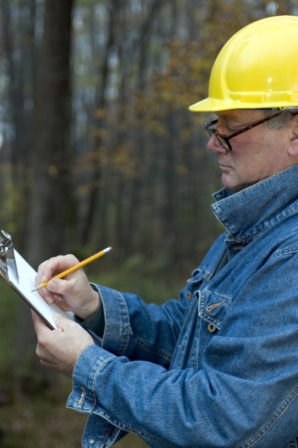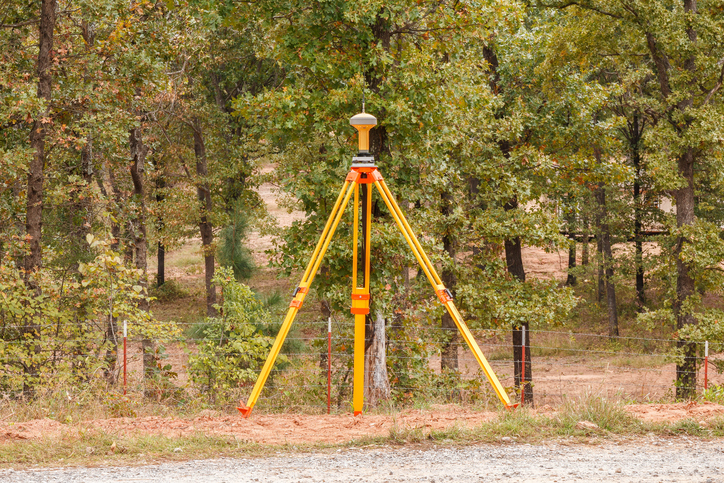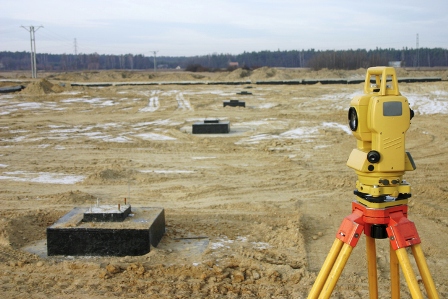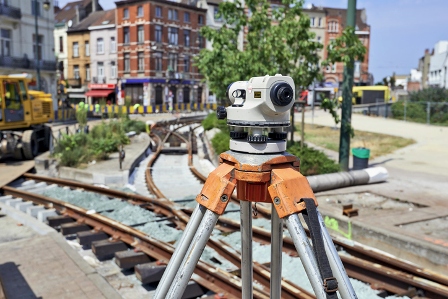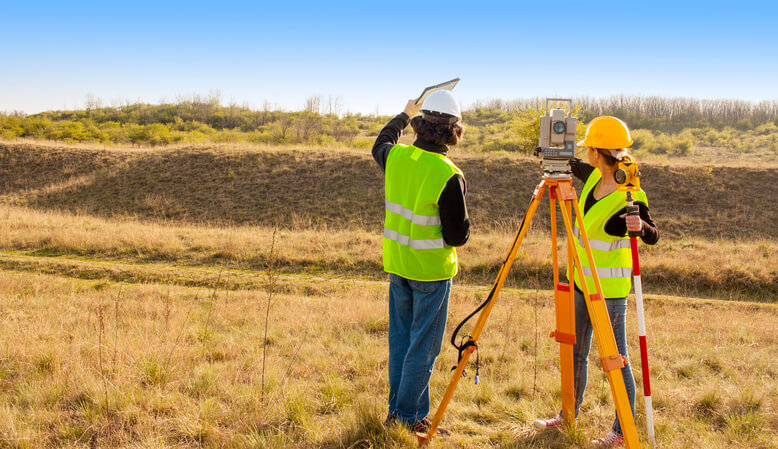
ALTA/NSPS surveys and topographic surveys are two common types of surveys performed on plots of land. Both surveys provide important information about the land, and each survey is useful under different circumstances. Choosing between the two depends on what you intend to do with the property since each is intended to provide specific information.
ALTA/NSPS Surveys
The ultimate purpose of an ALTA survey is to facilitate real estate transactions. More specifically, it provides information that is vital to making sure the transaction is fair. Information included on these surveys includes:
- Boundaries
- Improvements, such as buildings and other structures
- Easements, which are rights of access by utilities, roads, etc.
- Encroachments, which are intrusions by outside structures onto the property
- Zoning restrictions
- Flood zone areas
These surveys must comply with standards set by the American Land Title Association (ALTA) and the National Society of Professional Surveyors (NSPS). As such, they need to be done as precisely and thoroughly as possible, which is helpful when you’re buying or selling land. This ensures that the transaction is completely fair by keeping everyone fully aware of the land’s precise nature.
Topographic Surveys
A topographic survey is fairly straightforward in principle. With this type of survey, the surveyor draws a map of the land with contour lines to mark different elevations, thereby marking out valleys, hills, drainage, and so forth. Additional land features, such as buildings and other improvements, may also be mapped.
These surveys are a necessary part of construction planning since they provide vital information about the lay of the land, drainage, elevation changes, and so forth.
Choosing the Right Survey
Generally speaking, you need an ALTA survey when purchasing land and a topographic survey when planning construction. There are other uses for these as well, and in some cases, you may have both of these done, such as if you intend to develop a plot of land you are purchasing.
Naturally, you need skilled professionals to perform ALTA and topographic surveys. Votex Surveying Company offers skilled surveying services to suit a broad range of needs. Contact us at (469) 333-8831.

 469-333-8831
469-333-8831